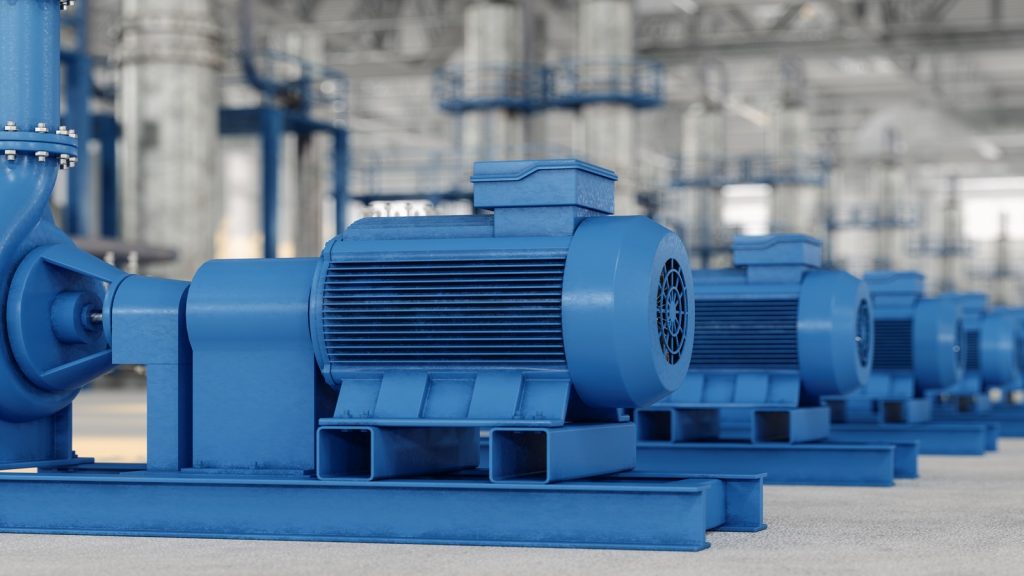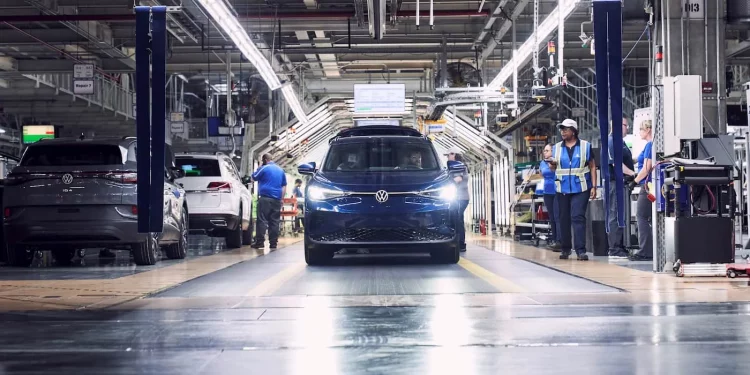The shockwaves from Bolivia’s “lithium coup”—a sweeping overhaul of control over its massive lithium reserves—are reverberating throughout the global electric vehicle (EV) industry. As the South American nation pivots from an open-licensing model toward state-directed production, EV battery giants and automakers face a new strategic landscape. The coup raises crucial questions: How will companies like CATL and Tesla adapt? What does this signal for mining royalties in the Andes? And could investors find opportunities by shorting overstretched brine-extraction stocks hit by policy and resource pressures? Answers lie at the intersection of geopolitics, technology, and market strategy.
CATL’s Contingency Plans: Securing Supply Through Diversification
China’s battery behemoth, CATL, cemented its position as the world’s largest EV battery manufacturer through long-term contracts with lithium producers in Australia, Argentina, and Chile. But Bolivia’s shift toward state-centered extraction under new nationalization laws challenges this playbook. CATL is leveraging a multi-pronged approach to maintain its supply edge:
- Alternative Contracts and Adjacent Investments: CATL is fast-tracking lithium offtake agreements in Argentina’s Salta from smaller high-grade operations, plus backing developable acreage in Canada and the U.S. to hedge South American exposure.
- Vertical Integration via Technology Partnerships: CATL’s R&D deals with Japanese and Korean refining outfits aim to improve feedstock flexibility. These partnerships allow CATL to process lower-grade material from brine sources while keeping quality high, reducing dependence on any single mine.
- New Resource Collaborations: CATL has quietly initiated dialogues with governments in Saudi Arabia and Namibia on lithium or alternative battery metal access, signaling a broader pivot away from South American concentration.
For CATL, Bolivia is a wake‑up call—and a catalyst to accelerate diversification. The company’s stock performance post-coup outpaced major Chinese EV peers, reflecting market confidence in its risk mitigation strategy.
Tesla’s Sodium-Ion Pivot: Betting on Aluminum and Salt
While CATL doubles down on lithium alternatives, Tesla appears to be making a bolder move: a broader pivot toward sodium-ion batteries. In a strategic effort to reduce reliance on lithium markets, Tesla has reportedly initiated:
- Battery R&D Redirection: Silicon‑anode sodium-ion prototypes are being tested at Gigafactories in Texas and Nevada, with early results suggesting 90% of lithium-ion energy density at 20% lower cost per kWh.
- Pilot Line Constructions: Tesla is building small-scale sodium-ion production modules at its Shanghai plant. If successful, the company could scale globally using cheaper feedstock sources like spodumene-adapted brine or salt-lake extraction.
- Strategic Partnerships: Tesla is negotiating feed agreements with salt-mining state utilities in India and Kazakhstan to diversify raw materials beyond lithium and reduce exposure to lithium polity risks.
Sodium-ion might never fully dethrone lithium-ion for long-range EVs, but for mass-market, low-range plug-in vehicles, it may offer a compelling cost-performance balance—especially if lithium supply faces headwinds due to Bolivian policy.
Andean Mining Royalty Precedent: Bolivia as a Blueprint
Bolivia’s redistribution of lithium wealth—through increased state royalties and central control—sets an important precedent in the Andes. Historically, the region includes:
- Chile’s Lithium Royalty Peak: In 2023, Chile passed new regulations increasing lithium royalties by 3%, creating a 50% profit tax tier. Despite protests from private firms, it became a model of resource sovereign assertion.
- Argentina’s PLI Negotiation: In 2024, the government renegotiated lithium PLI contracts to include royalty floors and local processing clauses that boosted government take by 15–20%.
- Peru’s Mineral Tax Bandwidth: Facing similar pressure, Peru imposed export levies targeting brine companies, raising national revenues but delaying projects.
Bolivia’s approach—further centralizing licensing and potential state-enterprise investment—goes beyond these precedents. Investors interpret it as a sign Latin American producers may shift toward models emphasizing government-centric revenue-sharing and control. Differentiation will become more pronounced—countries that embraced joint ventures with tech and EV companies will attract foreign capital; those opting for aggressive state control risk deterring investment—and slowing project pace.

Short Opportunities in Over-Extracted Brine Stocks
While CATL hedges and Tesla pivots, investors are eyeing vulnerabilities in brine-based lithium plays that face over-extraction and escalating costs. High-yield, high-leverage companies such as BrineCorp and SaltyLith saw their stock prices double on optimism earlier this year—but now face mounting risks:
- Rising Regulatory Pressure: Bolivia’s royalty hikes are pressuring brine margins in neighboring jurisdictions; governments in Argentina may replicate Bolivia’s model.
- Hydrological Limits and Extractive Sustainability: Over-extraction has led to salt-lake levels dropping faster than predicted. More bacteria-resistant membranes and expensive water reinjection are hampering operating leverage.
- Excessive CapEx with Limited Returns: Many mid-tier brine players financed rapid plant expansion expecting low-cost lithium; but with rising energy and royalty costs, the math is breaking for many floater-tech installations.
- Policy Risk from Nationalization Angst: Markets fear that junior and mid-tier brine firms in Bolivia or Chile may not be compensated under retroactive royalty changes—boosting probability of forced equity dilution.
For hedge funds and contrarian investors, short positions in brine-exposed miners offer asymmetric return potential. But timing is key—liquidity and regulatory intervention could muddy near-term plays.
Integrating the Supply Chain Outlook
So, how will the Bolivian coup, Chinese battery moves, and Andean precedent shift the global EV battery supply chain?
- Lithium Supply Will Tighten: Bolivia holds ~25% of global lithium reserves. State sequestration of production could delay output by 4–6 years, tightening global supply when EV demand accelerates.
- Pricing Power Shifts Upstream: With sovereign drivers in play, lithium spot prices may spike above $30k/ton, prompting cell-makers to hedge, localizes supply, or substitute metals.
- Value Redistribution Downstream: Under pressure from cost and policy volatility, EV battery manufacturers and OEMs may invest directly in mining assets—or bypass lithium entirely via sodium-ion strategies.
- Geopolitical Complexity Grows: Bolivia’s coup could become a template for other critical-metal producing nations, pushing EV companies to engage in resource diplomacy—carbon credits, JETPs, or mineral security pacts.
Conclusion: A Battery Supply Map in Flux
Bolivia’s lithium coup is not just a riser in Latin political risk. It is a strategic inflection point for resource security in the EV era. How companies respond reveals competing strategies:
- CATL is doubling down on diversification and vertical integration.
- Tesla is pivoting technologically toward sodium-ion alternatives.
- Andean nations are rewriting resource contracts in favor of revenue and control.
- Investors are hedging via shorts in exposed brine miners and aligning with firms with robust political hedges.
The result is a reconfigured battery supply chain—one less straightforward than before, but full of opportunity for those who can navigate geopolitics, financial repricing, and technological disruption. The next phase of electrification will be as much about resource geopolitics as it is about EV design and energy efficiency.













































